Living organisms are equipped with skeletons that provide support, maintain shape, and protect the body. Skeletons can be classified into two types based on their location: endoskeletons and exoskeletons. Exoskeletons form the external covering of certain animals, acting as a natural armor. Have you ever wondered which animals possess exoskeletons? In this article, we introduce 6 animals with exoskeletons and their main characteristics to help you understand this fascinating group.

Many invertebrate animals have a hard external covering called an exoskeleton that provides protection, structural support, and helps regulate water loss through transpiration. The exoskeleton is a continuous cuticular layer with the following features:
Secreted by the epidermis and located above it.
Acellular and rigid.
Mainly composed of chitin.
May not cover the entire body, as softer and flexible regions allow movement.
The exoskeleton limits body growth, so arthropods must molt through an energy-intensive process called ecdysis, leaving them temporarily unprotected. Its chemical composition varies with season, habitat, developmental stage, genetics, and environmental factors. For example:
In insect larvae, the cuticle is flexible and elastic to accommodate multiple molts.
In adults, the cuticle hardens through sclerotization, forming hardened plates called sclerites, and internal apodemes serve as muscle attachment points.
The exoskeleton’s coloration can be influenced by pigments like melanin, physical structure changes, or iridescence, explaining the wide color diversity seen in arthropods.
Lack a vertebral column and internal bone or cartilage skeleton.
Undergo metamorphosis.
Usually small in size.
Adapted to diverse habitats: terrestrial, freshwater, marine, and aerial.
Most possess some form of locomotion.
Encompass a vast diversity of species.
Beetles are one of the most species-rich orders in the animal kingdom. They have a strongly sclerotized exoskeleton with minimal exposed membranes. Many display iridescent colors, such as the Eumolpus surinamensis (leaf beetle) and Chrysochroa chinensis (jewel beetle). Their diverse coloration helps with camouflage or warning signals.
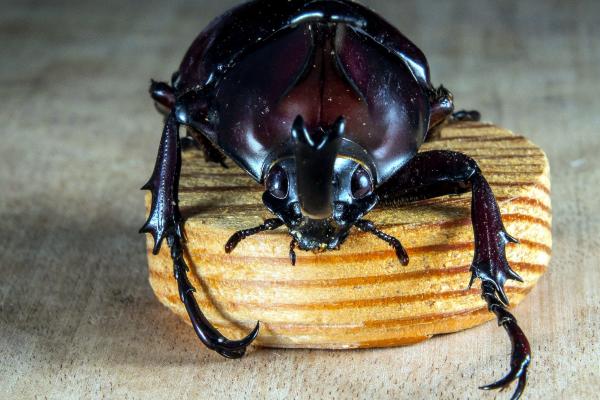
Crabs, lobsters, king crabs, and shrimp possess chitinous, articulated exoskeletons extending from head to thorax, often reinforced with calcium carbonate to form a robust shell.
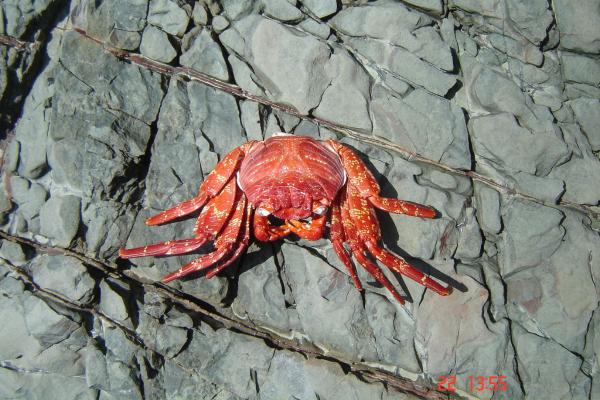
Pill bugs have a rigid, calcified segmented exoskeleton and can roll into a ball when threatened, thanks to their accordion-like shell structure.
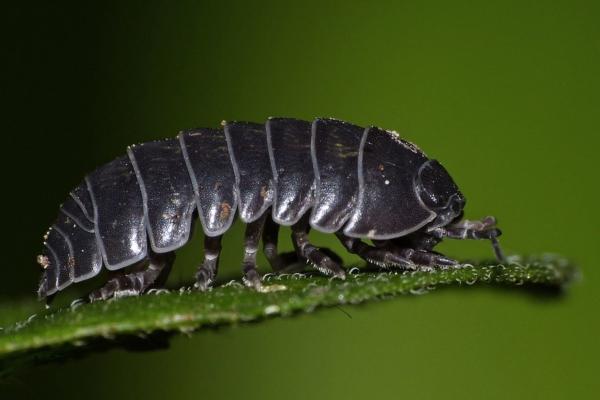
Millipedes feature long, segmented cylindrical bodies covered by various exoskeleton types—some soft and hairy, others heavily sclerotized and calcified—depending on the family.
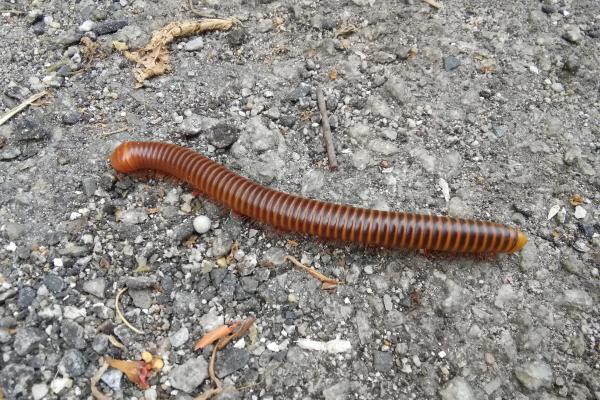
Known as scorpions, these arachnids have strong pincers and a curved tail with a venomous stinger. Their exoskeleton contains chemicals that fluoresce under ultraviolet light.
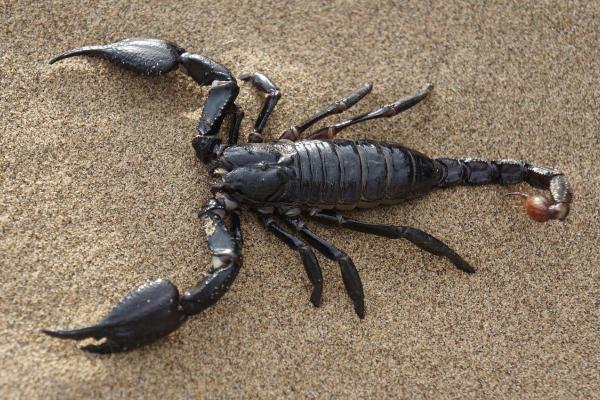
Marine corals build calcium carbonate exoskeletons called coralites, forming reefs. These colonial animals are essential to tropical and subtropical marine ecosystems.
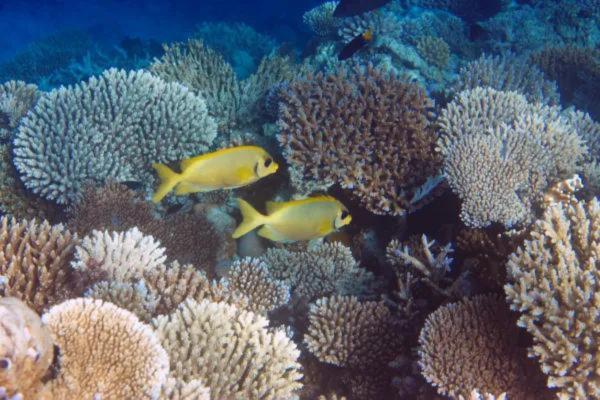
Animals with exoskeletons represent a highly adaptable and diverse group found across all habitats. Their unique outer skeletons provide protection and structural support while contributing to the rich biodiversity of ecosystems worldwide. If you're intrigued by these fascinating creatures, continue exploring related articles on our website.
Recommended Reading:
What Are Coral Reefs and Their Ecological Importance
Types and Characteristics of Crustaceans
Biology and Classification of scorpions.html">Scorpions
Discover more fascinating wildlife topics in our Wildlife Category.
Bibliography
De la Cruz-Lozano, J. (2005). “Entomology, morphology, and physiology of insects.” Available at: https://www.bfa.fcnym.unlp.edu.ar/catalogo/doc_num.php?explnum_id=2992
Salazar-Escobar, J.A. & Villalobos-Moreno, A. (2021). “Some notes on the chitinous and iridescent integument in the class Insecta (Arthropoda: Hexapoda).”
animal tags: Exoskeleton Animals
We created this article in conjunction with AI technology, then made sure it was fact-checked and edited by a Animals Top editor.